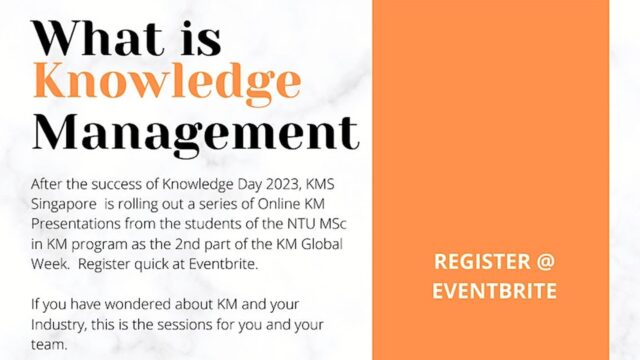
Organization Management Rhythm (part 3.2): Organization Management Rhythm – Principles
This article is part 3.2 of a series of articles on Organization Management Rhythm.
Principles are important to start to understand meetings. First a meeting should include everyone who can make a decision for their section of the meeting. The Japanese will cancel a meeting on the spot if someone who is a decision maker is missing. This is called the “Bah” of the meeting. Each culture has these specific principles and guidelines for their meetings. They range from where the meeting takes place to the time of the meeting. The golf course is a legend in the principle of the meeting.
In the United States, there may be a way for someone to get a meeting with the person who can say yes for them. This involves a meeting with the influencer. This may be the user, technical, or coach influencer who holds the ear of the decision maker who can say yes. This meeting may seem like a waste of time but it is part of building the relationship with the organization.
At the golf course, the principles are that it is a business meeting. Do not talk business all the time. One of the reasons the meeting is at a golf course is to allow people to get to know each other. Keep the tempo of the meeting with the holes left on the card. Picking the moment to talk is highly important, for example a back swing. Finally create a reason to have another meeting.
The University of Cambridge in the United Kingdom has eleven meeting principles1 that hold true for meetings across the world:
- Necessity – does the meeting need to take place or can an email do.
- Clarity of purpose – this helps decide how to best contribute, relevancy, or if attendance is needed.
- Have an agenda – this defines the order of the meeting.
- Need to attend – be clear why attendance is needed from the group.
- Rapport – build working relationships to help facilitate the needs later.
- Recording – this is just the notes to send out afterwards.
- Timing – ensure the timing is kept on the agenda items, also this true with the schedule.
- Continuous improvement – make the meetings held by the organization better.
- Contribution – ensure everyone at the meeting is contributing.
- Summarize – take 5-10 minutes at the end to summarize the meeting events.
- Openness and honesty – challenge hidden agendas and the hording of information.
Next part (part 3.3): Organization Management Rhythm – Critical Path.
Acknowledgements: Thank you to Tomi Antill, Keith Davis, Elise Keith from Lucid Meetings, JFHQ-C Leadership, and Kendra Albright from Kent State University, without whose support this series would not have been possible.
Header image source: U.S. National Archives, Public Domain.
Reference:
- University of Cambridge (2020). Key Principles of Effective Meetings. Personal and Professional Development. ↩






